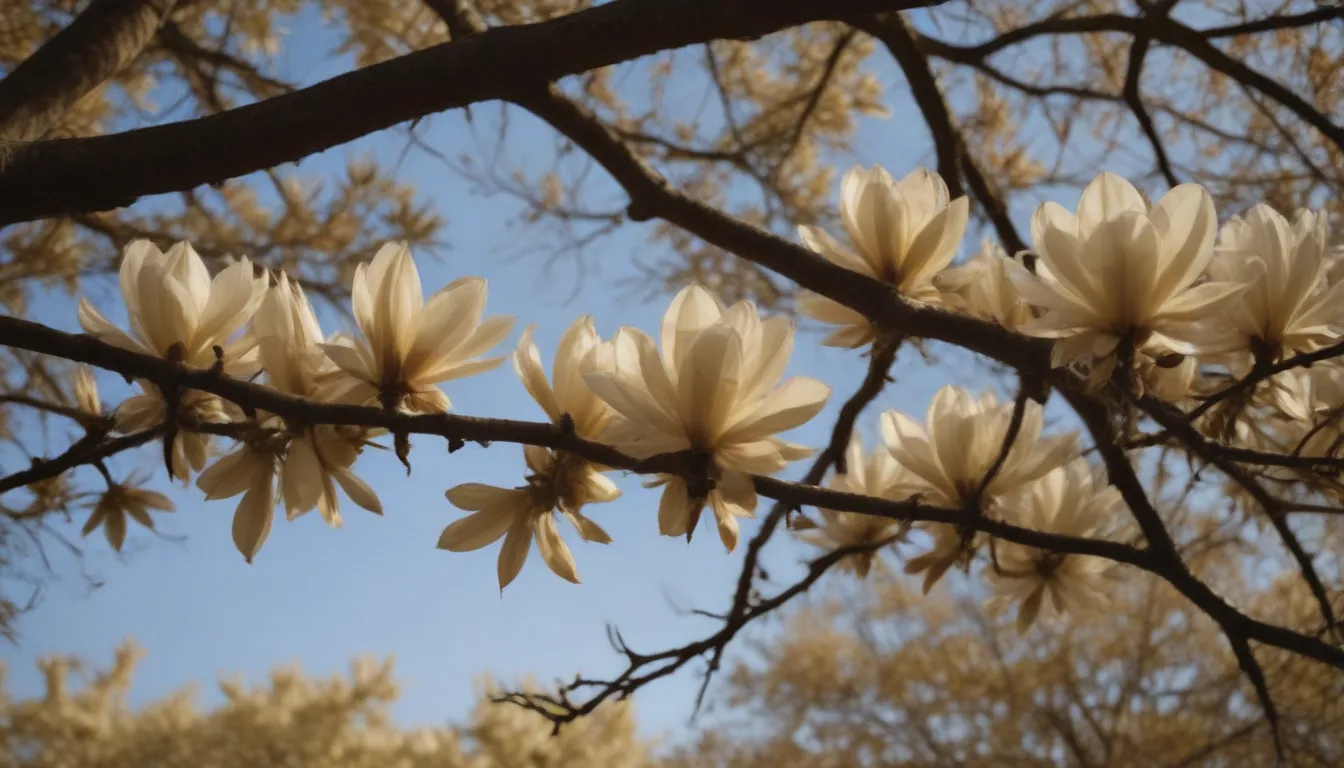Understanding why your Magnolia Tree has Brown Leaves

If you’ve noticed brown leaves on your magnolia trees, don’t worry – you’re not alone. Magnolia trees are known for their magnificent beauty, but they can also experience issues that lead to browning leaves. In this article, we will explore the reasons behind this problem and provide you with valuable information on how to address it effectively.
Magnolia Tree Varieties
Magnolia trees come in different varieties – some are deciduous, like the saucer magnolia (M. x soulangiana), while others are evergreen, such as the Southern magnolia (M. grandiflora). Understanding the type of magnolia you have is crucial in diagnosing issues with its foliage.
Common Reasons for Brown Leaves
-
Frost Damage: Brown leaves appearing in spring could indicate frost damage. While this may not kill the tree, it can affect its overall appearance. To prevent frost damage, consider planting your tree in a sheltered area, such as close to your house where it is less exposed to frost.
-
Insufficient Water: Inadequate watering, especially during summer, can lead to brown leaves. Make sure your tree is receiving enough water, especially during dry and windy periods.
-
Nutritional Deficiency: If leaves turn brown and fall off immediately after changing color, it could be a sign of iron deficiency. Get a soil test done to determine the soil content and address any deficiencies.
-
Plant Disease: Diseases like verticillium wilt can cause full branches of leaves to die off suddenly. Pruning out infected branches and ensuring proper disinfection of tools can help manage the disease. Root rot and Phytophthora infection can also lead to magnolia leaf browning and drop. Reduce watering if you suspect these issues and allow the roots to dry out for healing.
How to Care for Your Magnolia Tree
-
Regular Inspection: Keep an eye on your magnolia tree for any signs of distress, such as browning leaves or sudden leaf drop. Regular inspection can help you catch issues early and take preventive measures.
-
Proper Watering: Ensure your magnolia tree receives adequate water, especially during dry periods. Consider mulching around the base of the tree to retain moisture and protect the roots.
-
Pruning: Regular pruning can help maintain the health and shape of your magnolia tree. Remove dead or diseased branches to prevent the spread of diseases.
-
Soil Testing: Periodically test the soil around your magnolia tree to check for nutrient deficiencies and pH levels. Adjust the soil composition as needed to ensure optimal growth.
-
Pest Control: Keep an eye out for pests that may be feeding on your magnolia tree. Use organic methods or targeted pesticides to control pest infestations effectively.
-
Consulting Experts: If you’re unsure about how to address issues with your magnolia tree, don’t hesitate to seek advice from local gardening experts or extension offices. They can provide valuable guidance and recommendations based on your specific situation.
Conclusion
In conclusion, brown leaves on your magnolia tree can indicate various issues, ranging from environmental factors to diseases. By understanding the reasons behind browning leaves and taking proactive steps to address them, you can ensure the health and vitality of your magnolia tree. Remember to observe your tree regularly, provide proper care, and seek professional advice when needed to keep your magnolia tree thriving and beautiful.





